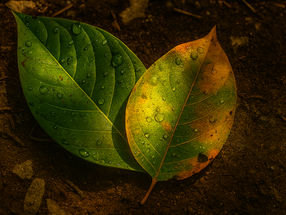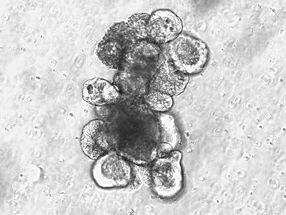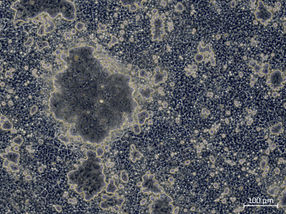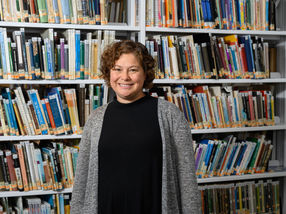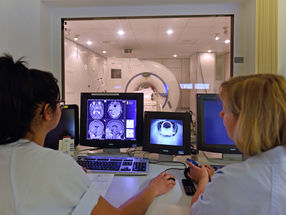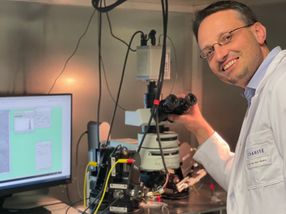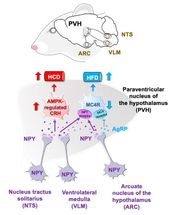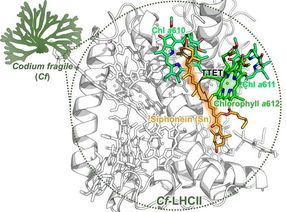UC Riverside researcher names lichen after President Barack Obama
Advertisement
A researcher at UC Riverside has discovered a new species of lichen – a plant-like growth that looks like moss or a dry leaf – and named it after President Barack Obama.
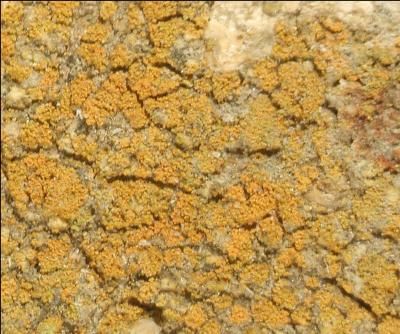
This is Caloplaca obamae growing on Pleistocene soils on Santa Rosa Island.
J. C. Lendemer.
"I discovered the new species in 2007 while doing a survey for lichen diversity on Santa Rosa Island in California," said Kerry Knudsen, the lichen curator in the UCR Herbarium . "I named it Caloplaca obamae to show my appreciation for the president's support of science and science education."
Knudsen published his discovery in Opuscula Philolichenum
"I made the final collections of C. obamae during the suspenseful final weeks of President Obama's campaign for the United States presidency, and this paper was written during the international jubilation over his election," Knudsen said. "Indeed, the final draft was completed on the very day of President Obama's inauguration."
C. obamae, the first species of any organism to be named in honor of President Obama, grows on soil and almost became extinct during the days of cattle ranching that spanned nearly a hundred years on Santa Rosa Island.
Most read news
Other news from the department science

Get the life science industry in your inbox
By submitting this form you agree that LUMITOS AG will send you the newsletter(s) selected above by email. Your data will not be passed on to third parties. Your data will be stored and processed in accordance with our data protection regulations. LUMITOS may contact you by email for the purpose of advertising or market and opinion surveys. You can revoke your consent at any time without giving reasons to LUMITOS AG, Ernst-Augustin-Str. 2, 12489 Berlin, Germany or by e-mail at revoke@lumitos.com with effect for the future. In addition, each email contains a link to unsubscribe from the corresponding newsletter.




